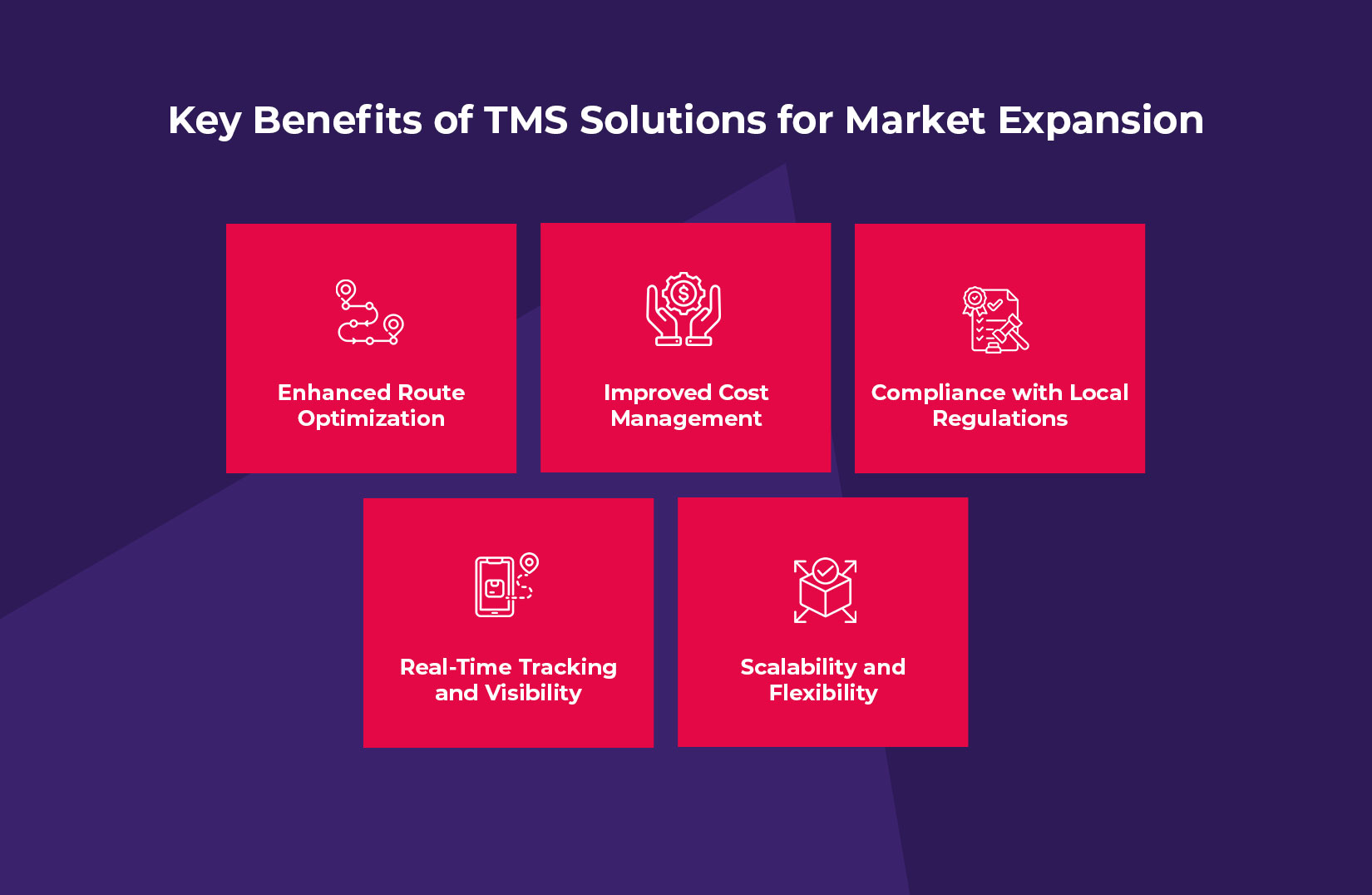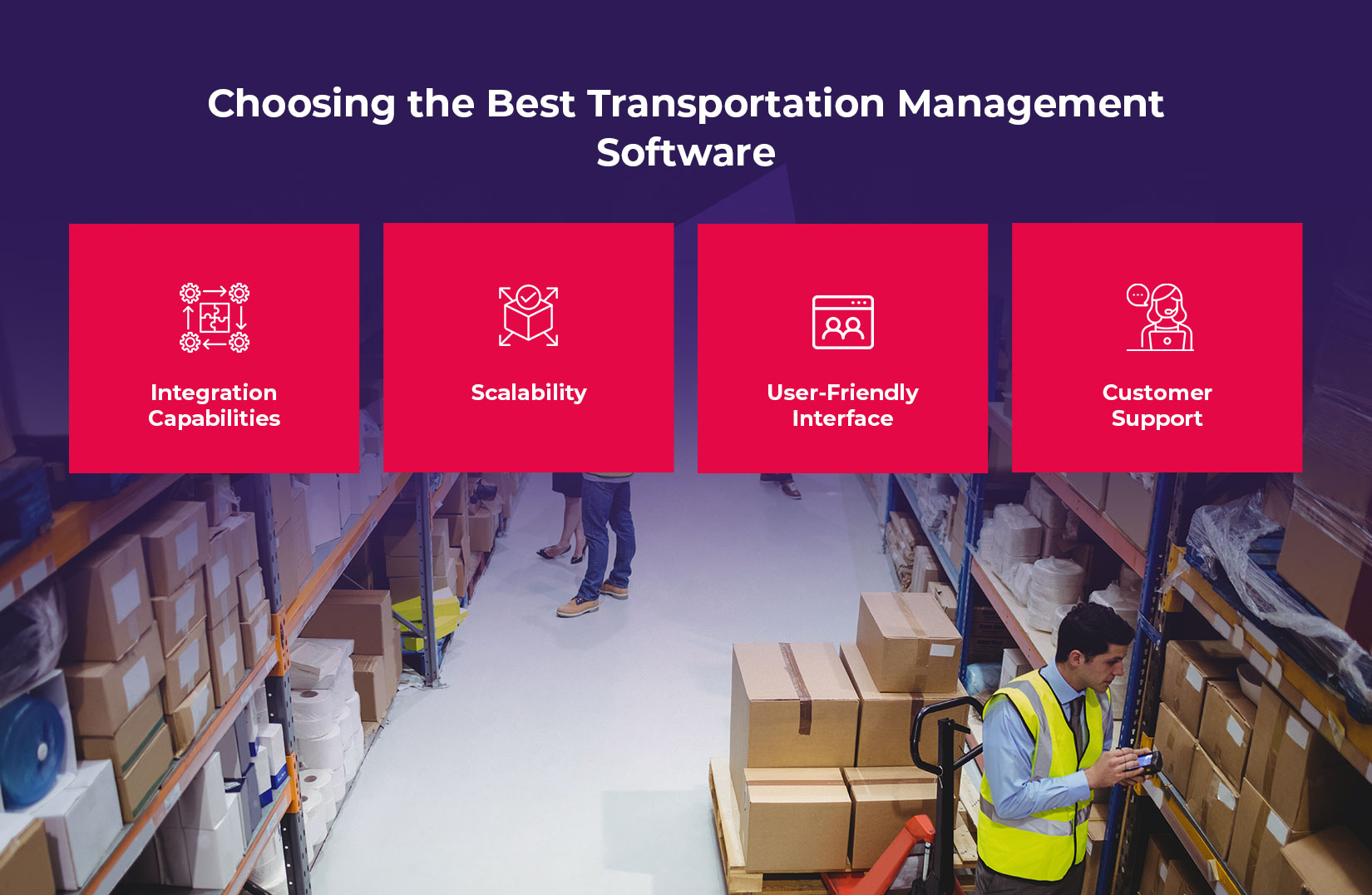
How TMS Solutions Help Companies Expand into New Markets
Expanding into new markets is a critical goal for businesses aiming to grow their customer base and increase revenue. However, achieving this goal requires efficient logistics operations, streamlined supply chains, and the ability to navigate complex transportation networks. This is where Transportation Management Software (TMS) plays a crucial role. By leveraging end-to-end TMS for logistics automation, companies can optimize their transportation processes, reduce costs, and ensure smoother market entry.
The Role of TMS in Market Expansion
Transportation Management Software solutions are designed to simplify the planning, execution, and optimization of transportation activities. For businesses looking to expand, a reliable transportation management system can significantly reduce the complexities associated with entering new markets. These systems provide visibility into transportation operations, enabling companies to make informed decisions and respond quickly to market demands.
In a survey by Gartner, businesses using TMS solutions reported a 15% reduction in transportation costs and a 25% improvement in service levels. These improvements are crucial when entering competitive markets, where efficiency and customer satisfaction can determine success.
Key Benefits of TMS in Market Expansion

1. Enhanced Route Optimization:
One of the primary advantages of TMS is its ability to optimize transportation routes and schedules. When entering new markets, companies face unfamiliar territories, diverse regulations and different customer expectations. Software solutions for optimizing transportation routes and schedules ensure that deliveries are made on time while minimizing costs.
For instance, advanced TMS solutions real-time data and predictive analytics to suggest the most efficient routes. This feature not only reduces fuel consumption but also enhances customer satisfaction by ensuring timely deliveries.
2. Improved Cost Management:
Market expansion can be expensive, especially when it involves setting up new distribution channels. A TMS helps businesses track and control transportation costs by providing detailed insights into expenses, such as fuel, labor, and maintenance.
According to a report by Statista, companies that implemented the best transportation management software saw a 10% to 20% reduction in overall transportation spend. By managing costs effectively, businesses can allocate more resources to growth initiatives.
3. Compliance with Local Regulations:
Entering new markets often involves navigating different regulatory environments. TMS solutions can help companies ensure compliance with local transportation laws, customs regulations and safety standards. This is particularly important in cross-boarder expansions, where failing to comply with regulations can result in fines or shipment delays.
An advanced transportation management system can automatically update compliance requirements, ensuring that businesses stay up-to-date with changing regulations.
4. Real-Time Tracking and Visibility:
One of the biggest challenges in market expansion is maintaining visibility over transportation operations. Without real-time tracking companies risk losing control over their supply chains leading to delays, misplaced shipments and unhappy customers.
TMS solutions provide end-to-end visibility, allowing businesses to monitor shipments in real time. This visibility enables quick decision-making and enhances customer communication. For example, if a delay occurs, companies can proactively inform customers and provide updated delivery timelines.
5. Scalability and Flexibility:
A key feature of TMS is scalability. As companies expand to new markets, their logistics needs grow. A robust TMS can handle increased volumes of shipments, new distribution channels and complex supply chains.
Moreover, TMS solutions offer flexibility, allowing businesses to customize their transportation strategies based on market demands. This adaptability is essential for staying competitive in diverse markets.
How TMS Supports Logistics Automation
Automation is critical component of modern logistics. By using end-to-end transportation management software for logistics automation, companies can streamline repetitive tasks, reduced manual errors and improve operational efficiency. Automation features in TMS solutions include:
– Automated shipment scheduling
– Dynamic route optimization
– Freight audit and payment automation
– Real-time alerts and notifications
These features free up valuable time for logistics teams, allowing them to focus on strategic initiatives like market expansion.
Choosing the Best Transportation Management Software

Selecting the best TMS is crucial for companies aiming to expand. When evaluating TMS solutions, businesses should consider these factors:
1. Integration Capabilities:
The TMS should integrate seamlessly with existing systems, such as ERP and WMS. This ensures smooth data flow between different departments, minimizing manual data entry and reducing errors. An integrated system enhances overall efficiency and ensures that critical information is available across the organization in real time.
2. Scalability:
Ensure that the TMS can handle growth and adapt to new market requirements. As businesses grow, their logistics needs become intricate and tricky. A scalable TMS can accommodate higher shipment volumes, additional distribution channels and evolving customer demands without requiring significant system overhauls.
3. User-Friendly Interface:
A simple, intuitive interface reduces the learning curve and boosts adoption rates. Employees can quickly adapt to the new system, increasing productivity. An easy-to-use interface also minimizes the risk of errors, ensuring smoother transportation operations and better overall performance.
4. Customer Support:
Reliable customer support ensures smooth implementation and ongoing assistance. Market expansion can bring unforeseen challenges and having access to a dedicated support team can help businesses resolve issues quickly. Look for TMS providers that offer 24/7 support, training resources and regular system updates to keep your operations running efficiently.
According to a report by MarketsandMarkets, the global TMS market is expected to reach $4.9 billion by 2027. This growth is driven by increasing demand for logistics automation and market expansion.
Real-World Examples of TMS in Action
Many companies have successfully used TMS solutions to enter new markets. For example:
– DHL: They implemented a TMS to optimize its global transportation network, resulting in faster deliveries and reduced costs.
– Nike: The company leveraged TMS solutions to improve supply chain visibility, enabling the company to expand into new regions while maintaining high service levels.
– PepsiCo: They used a TMS to automate its transportation operations, reducing manual processes and enhancing efficiency.
These success stories showcase how TMS solutions have significantly driven market expansion.
Conclusion
Expanding into new markets is a complex endeavor that requires efficient logistics and transportation management. Transportation Management Software offers businesses the tools they need to navigate these challenges. From route optimization to cost management and regulatory compliance, TMS solutions provide comprehensive support for market entry.
By investing in the best transportation management software, companies can enhance their logistics operations, reduce costs, and achieve sustainable growth. In an increasingly competitive global market, leveraging TMS solutions is no longer optional—it’s essential for success. Click on the red button below and take the demo with LogiNext Solutions, for the best TMS in the market. By doing this you are not just improving your present, but also safeguarding your future.
41







@LogiNext